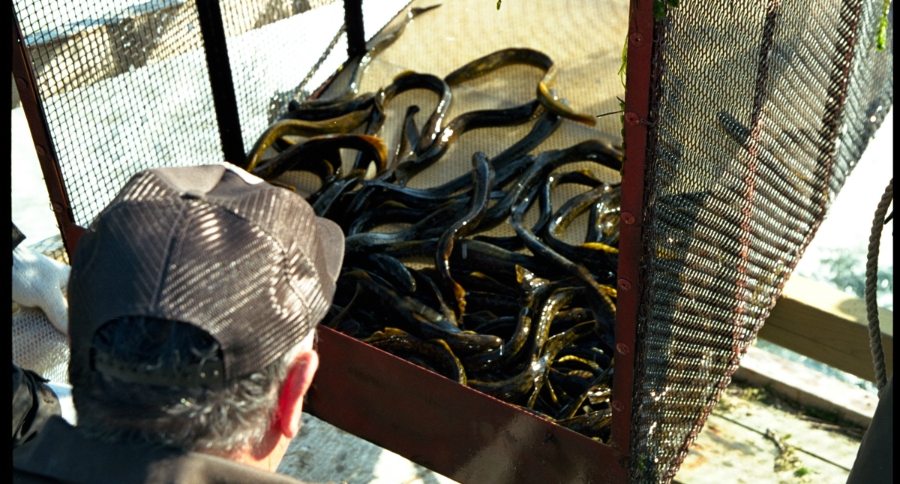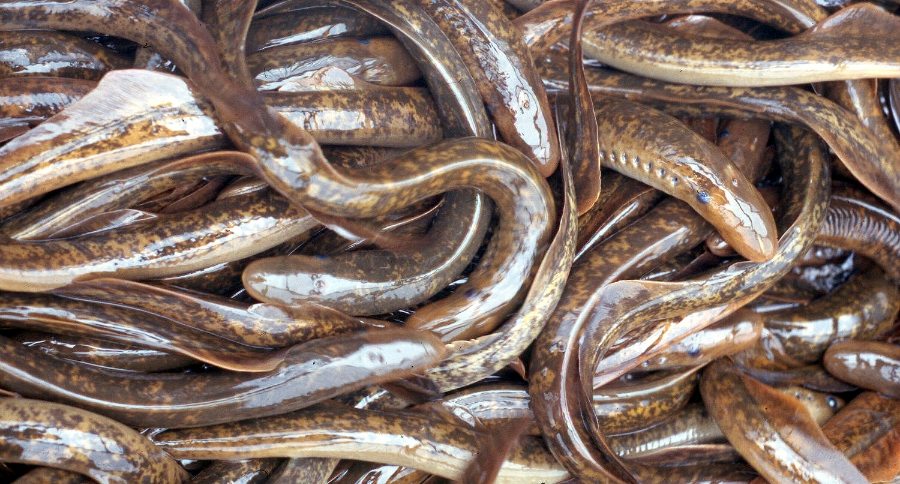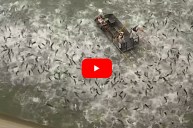The Great Lakes Fisheries Commission works to control bloodthirsty sea lamprey.
In 1921, vampire-like organisms invaded the Great Lakes. Sea lamprey, parasitic invertebrates that attache themselves to fish and feeds on their blood and other body fluids, are quite literally vampires. The lamprey invasion spread rapidly, as they invaded all of the Great Lakes by 1938. Sea lamprey entered the lakes through canals built for shipping and quickly decimated native fish populations.
"Sea lamprey are pretty (nondiscriminatory) on what they feed on," explained Jill Wingfield, communications program manager for the Great Lakes Fishery Commission. "The fishery in the Great Lakes was wiped out and lake trout were considered extirpated (from) Lake Superior."

In 1955, both the Canadian and United States governments formed the Great Lakes Fisheries Commission through a mandate from the Convention of Great Lakes Fisheries. Wingfield says the catalyst the of the commission's formation was the invasion of sea lamprey.
Control of lamprey focuses on barriers and traps installed in tributaries connected to the Great Lakes. Resource managers also apply lampricides to kill larval lamprey, utilize pheromones and alarm cues to manipulate their movement. The lamprey control program has taught resource managers that it is more effective to prevent the introduction of an invasive species than it is to control one that becomes established.

"Sea lamprey is the only aquatic invertebrate species that we can control and that we have a control program for right now," Wingfield claimed. "There are about 180 non-native species in the Great Lakes. Not all do damage, about 25 are harmful to the fishery. We have learned that given sea lamprey is the only one we can control, it is really important to focus on prevention. Once they are here, even if you can control them, its pretty arduous and its expensive."
Currently, the Great Lakes Fishery Commission is applying lessons learned from the lamprey invasion to a new threat—Asian carp. They haven't reached the Great Lakes basin yet, but they are threatening to enter the lakes through the Illinois River and the Chicago Waterway. The Great Lakes Fisheries Commission is working with other agencies to ensure this does not happen.

"In terms of the fishery in the Great Lakes, it's a $7 billion fishery," Wingfield said. "People don't realize what an incredible resource it is. It is worth doing everything we can to protect this resource."
NEXT: AS IF THINGS IN HOUSTON WEREN'T BAD ENOUGH, CHECK OUT THESE FLOATING FIRE ANT COLONIES!




